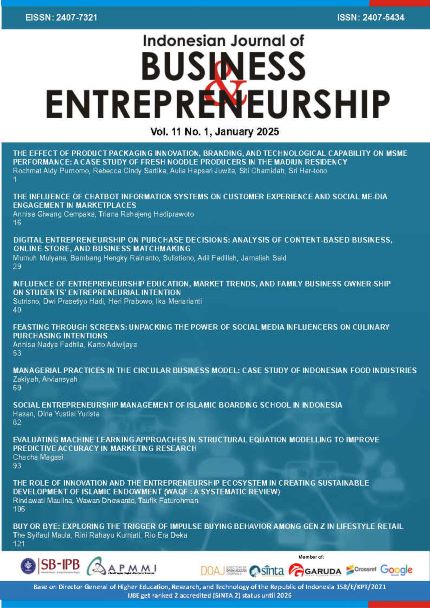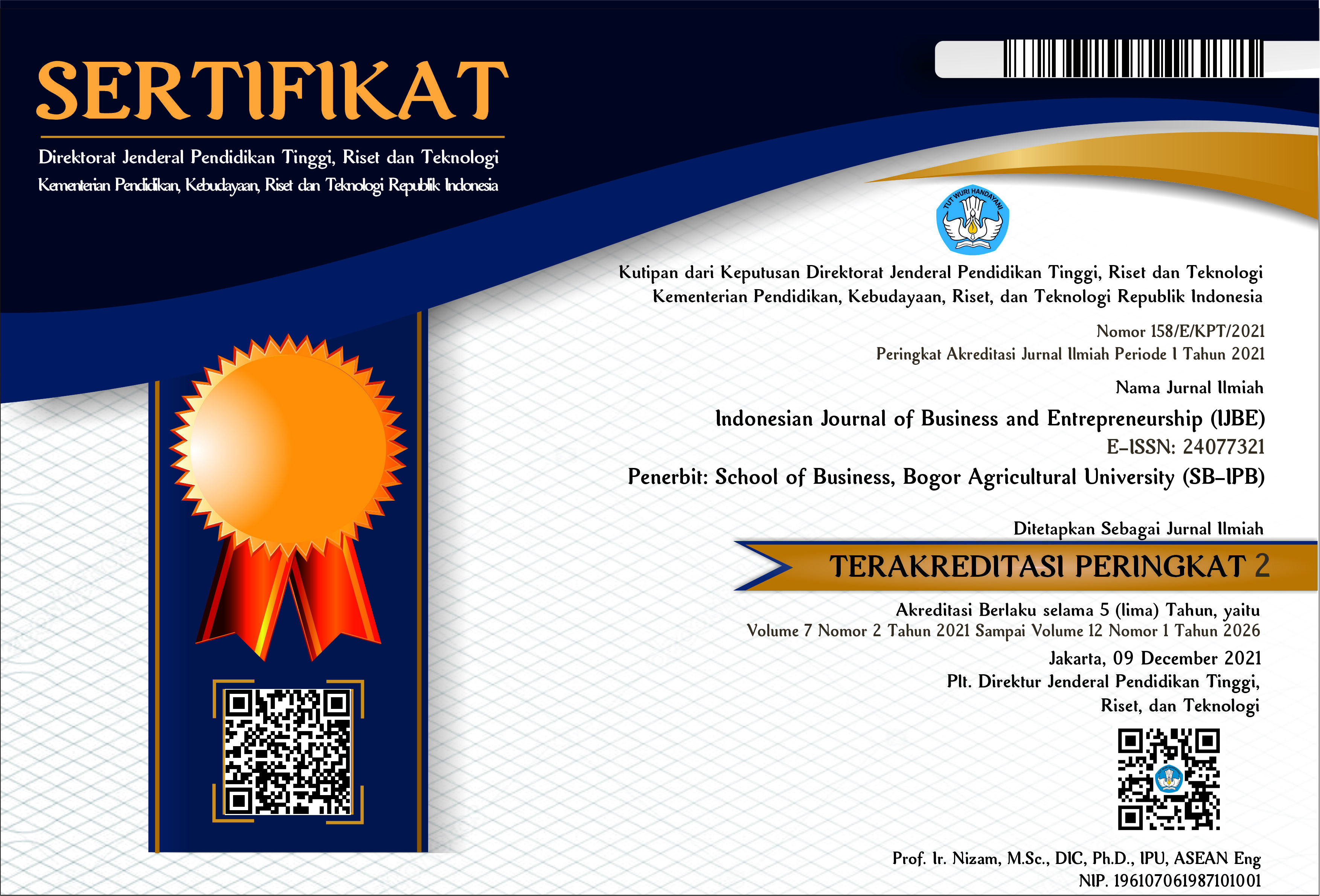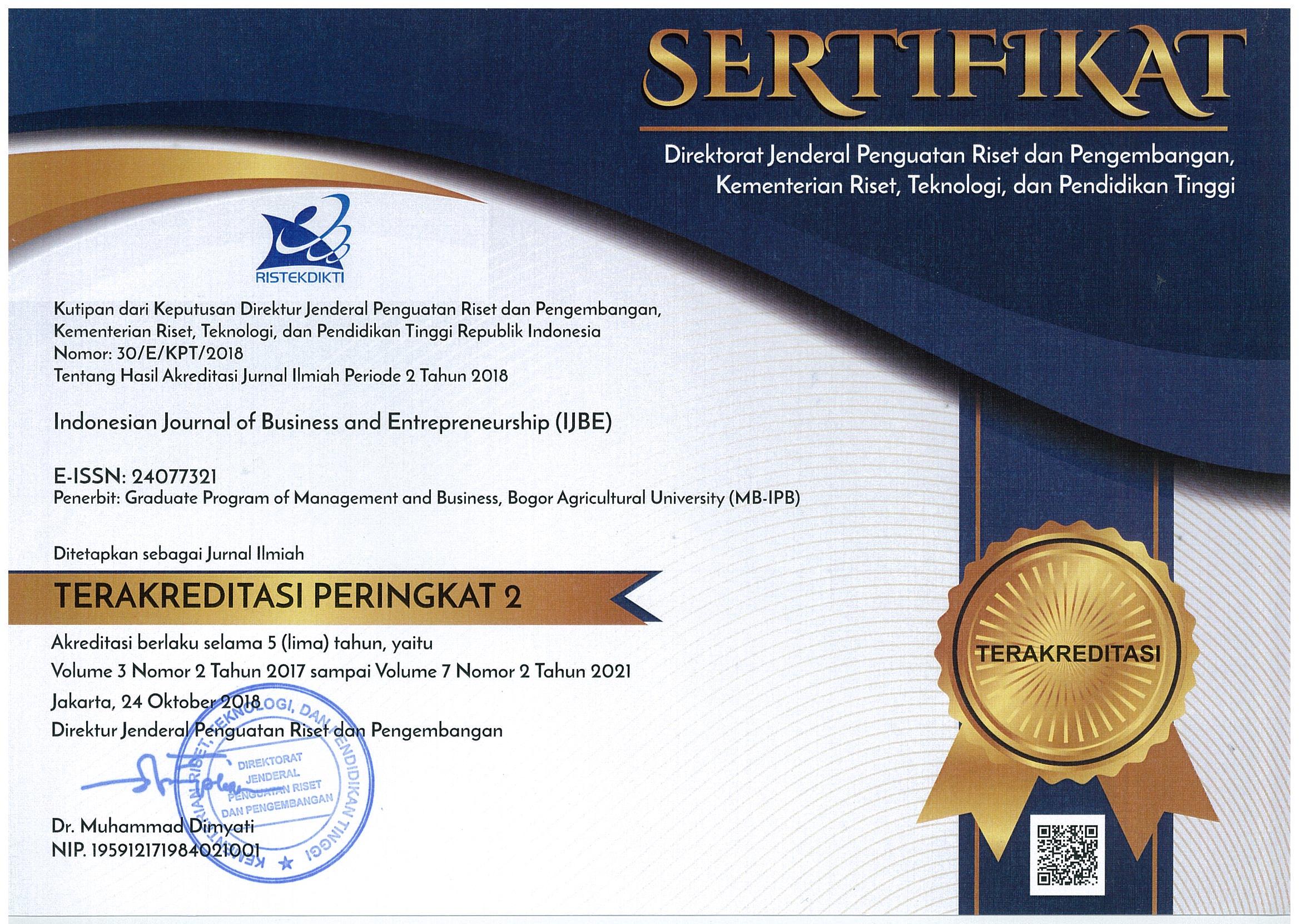The Impact of Service Quality and Customer Satisfaction on Reuse Intention in Urban Public Transportation
Abstract
Background: Public transportation is an important key to solving traffic congestion and air pollution problems. Bogor is ranked as the 832nd most congested city globally in 2022 and has a poor air quality index. In an effort to mitigate these challenges, the government initiated a soft launch of a public transportation service in Bogor City, named BISKITA Transpakuan, in November 2021. But, from May 2023 to May 2024, the average daily ridership of BISKITA Transpakuan was only 0.86%. In contrast, cities worldwide that have successfully achieved public transportation utilization targets aligned with the Sustainable Development Goals typically exhibit daily ridership percentages ranging from 9% to 12%. Consequently, concerted efforts are necessary to increase BISKITA Transpakuan ridership.
Purpose: The study investigates the impact of service quality and customer satisfaction on reuse intention within the urban public transportation context, specifically focusing on the BISKITA Transpakuan bus transit system in Bogor, Indonesia.
Design/methodology/approach: The research employs a hybrid data collection approach, combining online and offline surveys, to gather responses from 250 BISKITA Transpakuan passengers. The study utilizes Partial Least Squares Structural Equation Modelling (PLS-SEM) to analyze the relationships between transportation performance, driver performance, service quality, customer satisfaction, and reuse intention.
Finding/result: The findings reveal that both transportation performance and driver performance significantly influence service quality. However, while transportation performance directly impacts customer satisfaction, driver performance's effect is mediated through service quality. The study also confirms the significant role of service quality and customer satisfaction in shaping reuse intention. The predominance of female passengers and those aged 19-35 underscores the need for gender-sensitive infrastructure and services.
Conclusion: The direct and positive influence of transportation performance on service quality, customer satisfaction, and reuse intention highlights its significance in enhancing the overall passenger experience. While driver performance also plays a crucial role in shaping service quality, its impact on customer satisfaction and reuse intention is indirect, mediated through the perceived quality of service. The substantial proportion of passengers residing in Bogor Regency suggests potential for service expansion. To enhance Bogor's public transportation, management should optimize vehicle maintenance, routes, schedules, and driver training, prioritizing passenger comfort and female passenger safety. The government should also analyze bus stop regulations for efficiency and accessibility while increasing subsidies to reduce fares and support operators.
Originality/value (state of the art): This study contributes significantly to the measurement of service quality in the transportation service sector. The use of reuse intention variables provides a better understanding of the relationship between service quality and consumer decision-making.
Keywords: bus transit system, customer satisfaction, reuse intention, service quality, structural equation model








